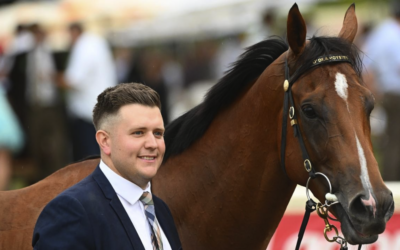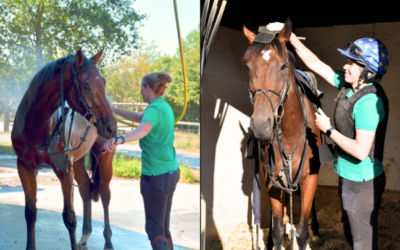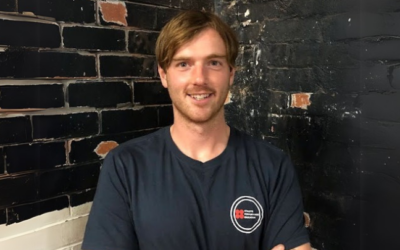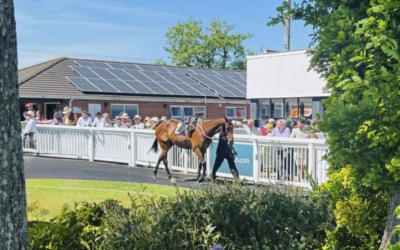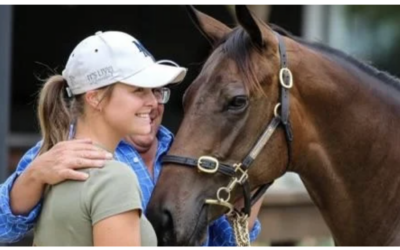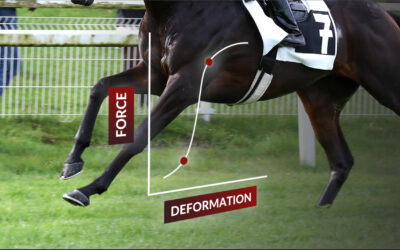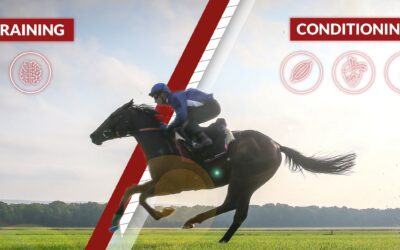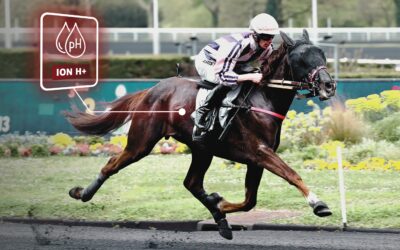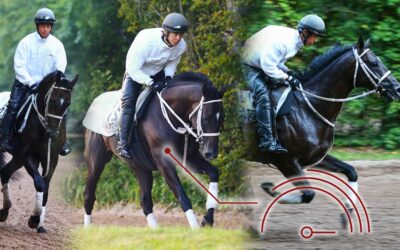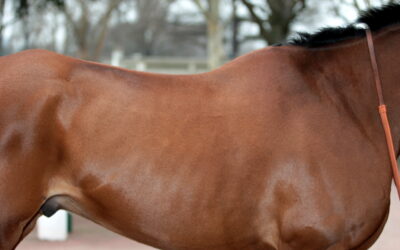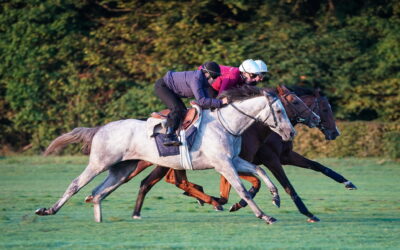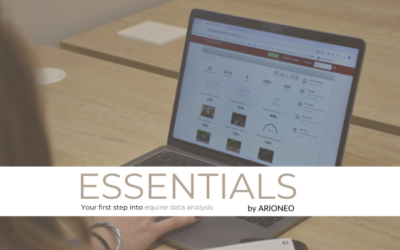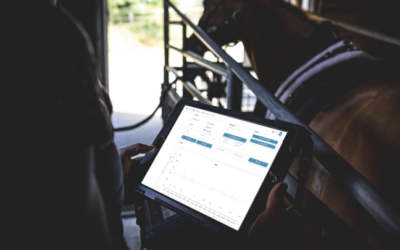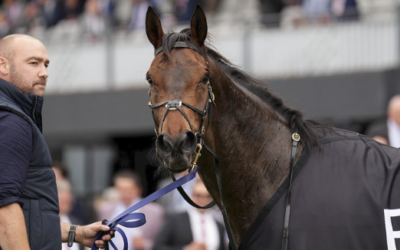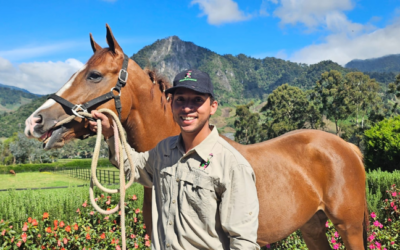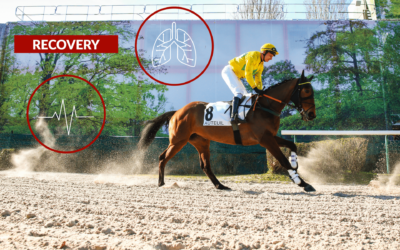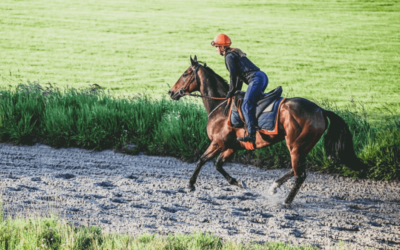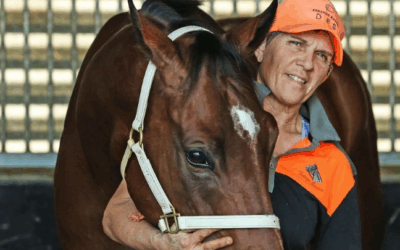EXPLORE OUR BLOG
Here you will find a lot of information to better understand performance and health measurements as well as tips about racehorse training and well-being.
LATEST ARTICLES
Matt Hoysted: EQUIMETRE an essential tool in his daily training
Based at Eagle Farm in Australia, Matt Hoysted stands out as one of the most progressive trainers of his generation. He uses the Equimetre system in his stable.
Louisa Carberry: “Equimetre is a real asset for refining our daily training.”
Discover how renowned steeplechase trainer Louisa Carberry integrates Equimetre into her daily routine to refine training, monitor fitness, and optimize performance through data—without replacing intuition.
Bridging data & sports with the Advanced Program: Dr Keila Coelho on using data to transform jumping horse care
Following Arioneo’s Advanced programme, Dr Keila Coelho uses data to improve the care and performance of show jumping horses—an inspiring story at the crossroads of sport and science.
Interview with Matthew Taylor: what the Essentials & Advanced programs brought to his professional experience
Discover Matt Taylor’s opinion on Arioneo Institute training courses and the evolution of human and equine performance thanks to new technologies.
“It’s exciting and we can’t wait to learn more”- horses to wear heart rate monitors (Equimetre) in BHA pilot
Like all major sports, advances in technology and data science are playing an increasingly important role across British racing, especially when it comes to improving horse welfare, safety and performance.
How the Advanced program helped Tammy Feek harness the full potential of equine data
Having used Equimetre technology for several years, Tammy explains how the program has deepened her understanding of data analysis and its role in optimizing racehorse performance and well-being.
BROWSE AMONG OUR CATEGORIES
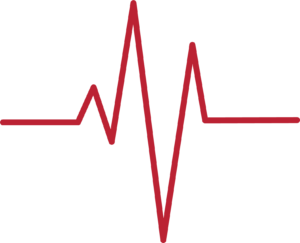
Equine Physiology

Testimonials
Racehorse training
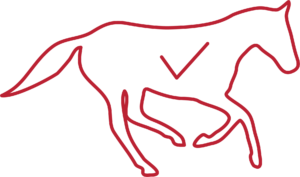
Young racehorses
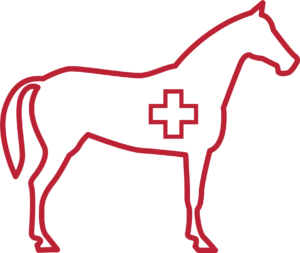
Health & Science
Standardbreds
EQUINE PHYSIOLOGY
Conditioning of the athletic horse
The conditioning of the athletic horse takes place through physiological changes. During training, the body adapts to the loads applied to his various skeletal, muscular and cardiovascular systems.
How do these different systems adapt? What is the purpose of their conditioning?
Conditioning vs training: what are the differences in horses?
Conditioning and training are terms that could be confused. Although both terms lead to an improvement in the horse’s abilities, they do not have the same effects on the horse. This article explains the principle of conditioning and its effects, as well as those of training.
The acid-base balance during exercise
During exercise, the acid-base balance of the horse’s body is perturbed. By using more oxygen and energy, his metabolism produces waste products that acidify his body. The body then naturally regulates its pH level in order to maintain this acid-base balance. How does the horse’s acid-base balance work during exercise?
Exercises of varying intensity: what effect on the horse?
During exercise of varying intensities, the different systems of the horse’s body adapt their functioning. In this article we will look at these changes through the respiratory, cardiovascular and muscular systems.
Racehorse’s three main physiological systems: roles and functions
The horse’s body has three key systems to ensure its proper functioning: the respiratory, cardiovascular and muscular systems.
How do these metabolisms work? What roles do they play in the horse’s body?
What is the influence of training on a racehorse’s cardiovascular system?
The horse’s cardiovascular system allows good blood circulation and ensures oxygen transport. How does the horse improve it?
RACEHORSE TRAINING MONITORING
Louisa Carberry: “Equimetre is a real asset for refining our daily training.”
Discover how renowned steeplechase trainer Louisa Carberry integrates Equimetre into her daily routine to refine training, monitor fitness, and optimize performance through data—without replacing intuition.
“It’s exciting and we can’t wait to learn more”- horses to wear heart rate monitors (Equimetre) in BHA pilot
Like all major sports, advances in technology and data science are playing an increasingly important role across British racing, especially when it comes to improving horse welfare, safety and performance.
Tom Charlton & John O’Shea: revolutionizing training techniques using Equimetre data
Tom Charlton shares his experience and views on the growing importance of data in racehorse training
8 reasons to do the Essentials program
Data is revolutionising equestrian sports and racing. the Essentials training is the ideal introduction for trainers, riders and equine science enthusiasts.
How the Advanced program helped Nick Pinkerton with equine performance and analysis
In this interview, Nick Pinkerton reflects on his career, his involvement in the Advanced program, and his ambitions to revolutionize equine performance analysis through data science.
Dashboard Vet, launch of a new feature: ECG sharing and analysis
Arioneo is launching a new feature that makes it easier to share and analyse your horse’s ECG with your vet.
EQUINE HEALTH & SCIENCE
How the Advanced program helped Tammy Feek harness the full potential of equine data
Having used Equimetre technology for several years, Tammy explains how the program has deepened her understanding of data analysis and its role in optimizing racehorse performance and well-being.
Michael Blomeley: How the Advanced program is helping racehorse training with data science
Driven by his ambition to become a successful trainer, Michael explains how the Advanced program has equipped him to integrate data and sports science into his daily routine.
Jose Gutierrez & the Advanced program : Enhancing horse training with data analysis
In the world of horse racing, success is often attributed to instinct, experience, and tradition. However, Jose Gutierrez is proving that data analytics is the next frontier in optimizing performance and ensuring equine well-being.
YOUNG RACEHORSES MONITORING
Young racehorses’ recovery
Young horses do not have the same recovery patterns as older horses, even for equal intensity training or between two horses with equivalent fitness. Indeed, young horses have a less efficient heart and must adapt their muscular and neurological systems to the training conditions. They need time to adapt before they can recover properly. The evaluation of recovery in young horses is therefore done differently. How do recovery data differ between young horses and adult horses? How do you assess it?
Physiological changes in the young racehorse
Many physiological and musculoskeletal changes may be seen in young Thoroughbreds as early as the first weeks and months of training.
7 reasons to monitor young racehorses
Broken in and pre-trained, the young horses are ready to start their sporting career and start racing. This first period of work is crucial for the horse’s career. Collecting and analysing data from the very beginning of their training brings many benefits.
STANDARDBREDS TRAINING
No Results Found
The page you requested could not be found. Try refining your search, or use the navigation above to locate the post.
TESTIMONIALS
Data in racing: Desleigh Forster’s approach
Discover how Desleigh Forster is revolutionising horse training with data: performance, precision and innovation are at the heart of her method.
Matt Hoysted: EQUIMETRE an essential tool in his daily training
Based at Eagle Farm in Australia, Matt Hoysted stands out as one of the most progressive trainers of his generation. He uses the Equimetre system in his stable.
Louisa Carberry: “Equimetre is a real asset for refining our daily training.”
Discover how renowned steeplechase trainer Louisa Carberry integrates Equimetre into her daily routine to refine training, monitor fitness, and optimize performance through data—without replacing intuition.

